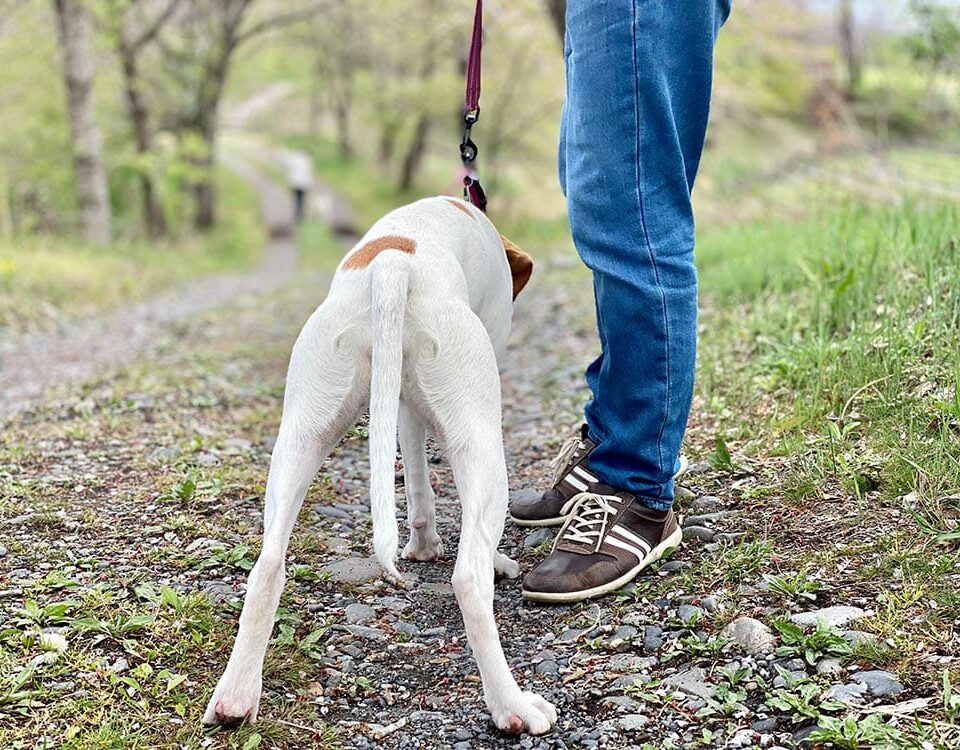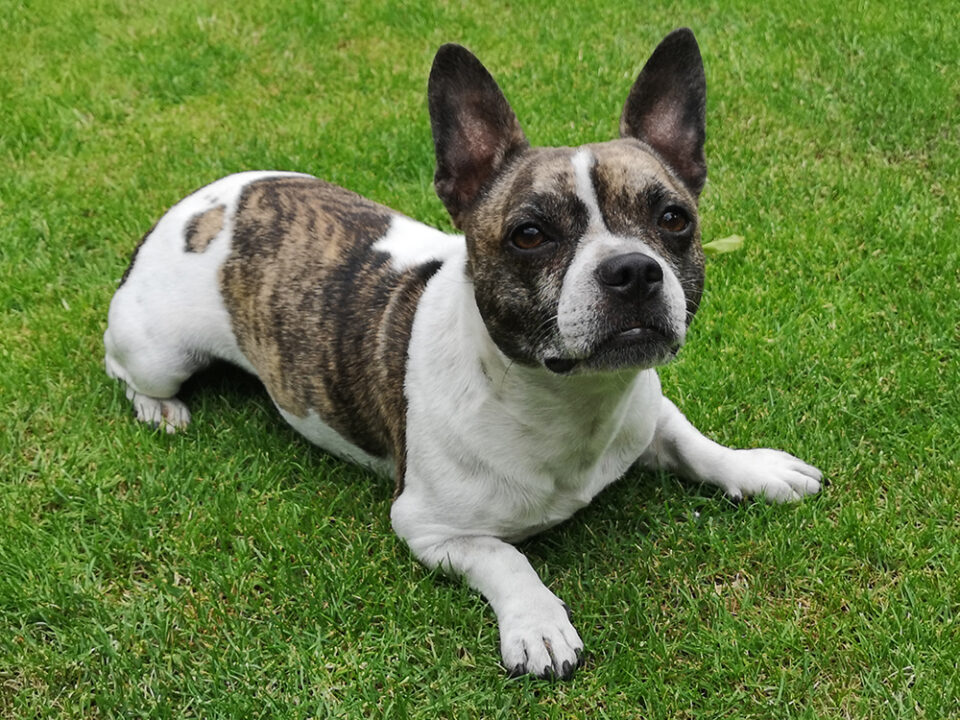Picture this: you’re snuggled on the couch with your furry pal, and suddenly – surprise! – your dog decides to use you as their personal bathroom. As shocking as it sounds, it’s more common than you think. Thankfully, your dog’s not trying to offend you; their behavior often has understandable reasons. Let’s dive into this curious canine conundrum!
Your dog is adorable, and you love them unconditionally, but when they pee on you, it can be quite puzzling. Remember, they aren’t being mean; they’re often responding to instincts or feelings they can’t control. If you’ve ever wondered why this happens, here are some reasons that might explain their behavior.
Understanding Submissive Urination
Submissive urination is a surprisingly common occurrence among dogs, especially younger ones. It stems from fear or anxiety, making them feel like they need to show submission to stay safe. You’ll often notice this behavior when you extend a hand to pet them. Puppies particularly exhibit this as they navigate their social circles. Thankfully, most grow out of it.
Adult dogs might still display submissive urination, particularly if they’ve had stressful pasts. Recognizing this behavior involves looking for other submissive signals, like low body posture and tucked ears. Understanding these signs can help you identify if your dog is peeing out of submission rather than defiance.
To help your dog overcome this, stick to positive reinforcement. Scolding them only heightens their anxiety, making it worse. So, keep it calm, friendly, and reassuring. Reward them when they don’t urinate out of submission, reinforcing their confidence.
The Challenge of Urinary Incontinence
Sometimes dogs simply can’t hold it in due to urinary incontinence, which is out of their control. This can be due to a variety of health issues like neurological disorders or infections. Older dogs often face this more as age affects their bladder control, while younger dogs may deal with it after an injury.
Symptoms to watch for include urine leaks, excessive licking of genital areas, or even visible discomfort. If your dog shows these signs, it’s time to see the vet. Professional advice and potential treatments are key to tackling this challenge.
While complete eradication might be tough, especially for older dogs, management is possible. Puppy pads, diapers, and frequent bathroom breaks can help. Consult the vet about appropriate dietary changes like bladder supplements, which might offer relief.
When Dogs Mark Their Territory
Marking territory is a natural aspect of canine behavior, but it’s startling when you end up as the marked spot! Dogs communicate through scent, and marking is their way of laying claim using urine. This behavior is often triggered by the need to assert dominance or respond to a perceived threat nearby.
You might notice your furry friend engaging in more territorial behaviors outdoors or even showing signs of aggression. Inside, any unfamiliar scents can set off this marking behavior, potentially leading to an unfortunate incident on you.
Would you like to reduce this behavior? Try neutering your dog, as it may lower hormone-driven territorial marks. Early socialization can also alleviate this, reducing the anxiety around new scents or faces.
Poor Housetraining
A lack of proper housetraining could result in unexpected urine incidents. Dogs unfamiliar with the household rules often struggle to find their designated bathroom spots. This happens more with new puppies or adopted dogs who aren’t yet trained.
Besides urinating on you, they might also choose other random spots in the home. If you notice these signs, recognize it’s part of the learning curve for them.
Frequent outdoor trips to a bathroom spot, especially after waking up, can help. Praise them after they do their business outside to reinforce good behavior. Inside, puppy pads serve well for those longer indoor spells.
Navigating Health and Behavioral Solutions
When facing frequent urination issues, it’s essential first to rule out underlying health problems. A vet consultation can determine if conditions like infections or bladder disorders are present, ensuring your pet receives the appropriate care.
While medical solutions might solve one part of the issue, behavioral insights are equally important. Offering your dog a loving space with consistent routines and positive reinforcement strengthens their confidence, making them feel secure.
Behavioral problems require patience and understanding. Remember, your pup’s not just acting out for no reason. With effort and understanding on your part, you can alleviate the issues causing them discomfort.
The Role of Hormones and Social Dynamics
Hormonal influences play a significant role in peeing behavior. The presence of hormones in a dog’s system can exaggerate marking or incontinence issues.
It’s worth exploring neutering if you notice these behaviors cropping up. Although it won’t solve all challenges, it can significantly help in reducing these tendencies.
Social influences, like new additions to the home, can also throw off your dog’s routine. Being mindful and introducing changes gradually can go a long way in preventing these stress-induced actions.
Environmental Triggers and Their Impact
Environmental factors can significantly influence a dog’s urinating behavior. The presence of new pets or unfamiliar items in the home can easily stress or excite your dog, leading to unexpected peeing incidents.
Ensuring they have a personal, quiet space can help mitigate some of their stress and offer them comfort.
In some cases, even simple changes in routine can be a source of stress for dogs. Keeping a consistent schedule can help alleviate anxiety, reducing the likelihood of urination incidents.
Long-Term Management Strategies
Peeing incidents often require managing both immediate solutions and long-term strategies. Vets can provide options tailored to your dog’s specific needs, ensuring any medical issues are addressed head-on.
When it comes to behavioral solutions, training and environment adjustments can make a world of difference. Making sure your dog feels safe, understood, and loved fosters a better relationship.
It’s crucial to have a plan that’s as dynamic as your dog’s needs are. Patience, understanding, and adaptability are your best tools in tackling these challenges.
Consistency in management not only helps deal with current issues but also prevents future occurrences. Regular vet check-ups ensure your furry friend’s urinary health is proactively monitored.
While getting peed on by your pet is less than ideal, understanding and treating the root causes ensure harmony at home. Stay observant and compassionate to help your furry friend overcome these challenges with ease.










